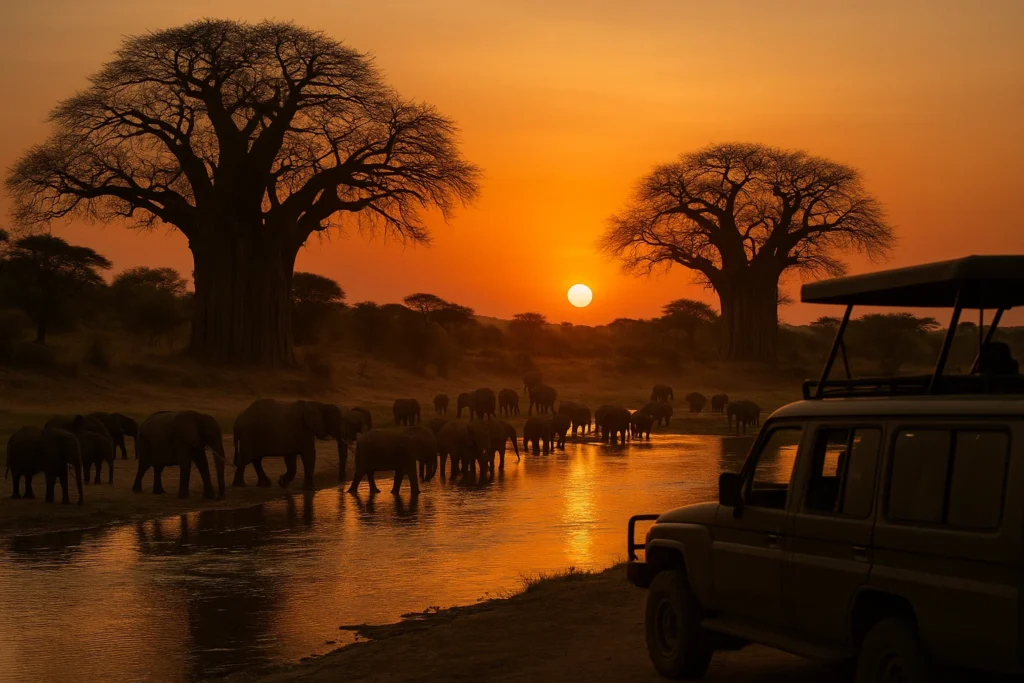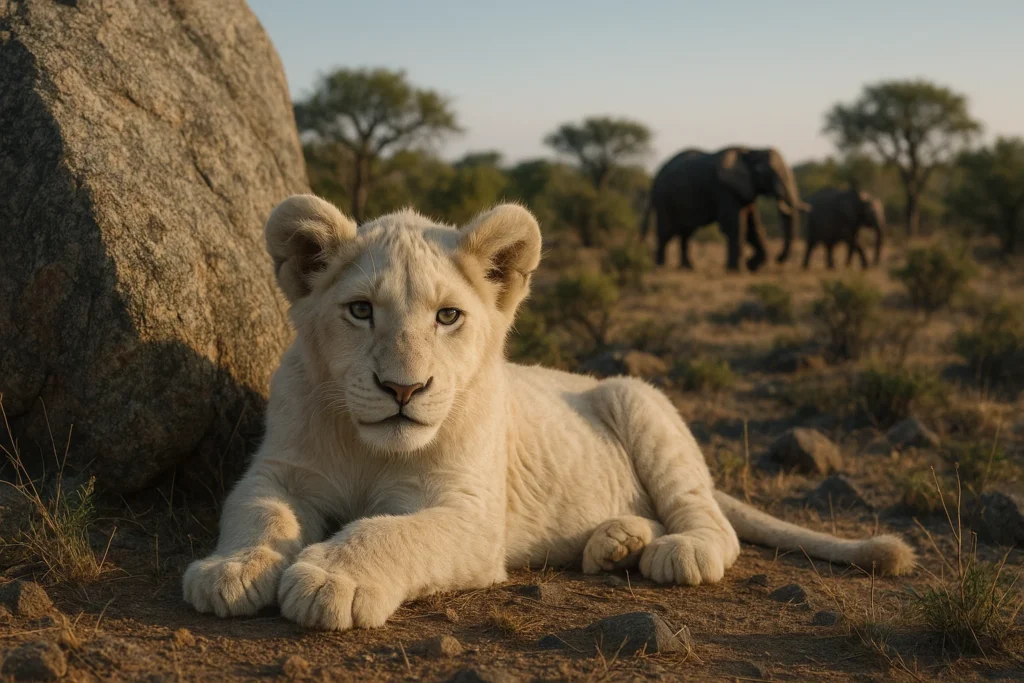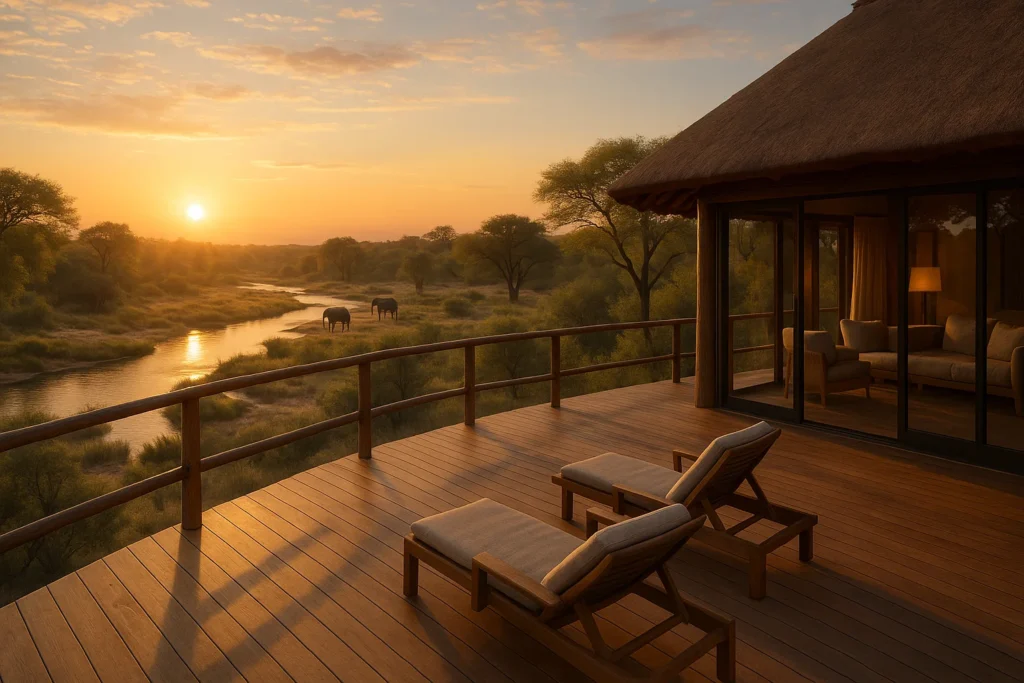Tarangire National Park in northern Tanzania stands out as a true elephant paradise. Home to one of the largest densities of African elephants in the region, this park offers wildlife enthusiasts an unforgettable experience. Whether you’re a passionate photographer, nature lover, or simply fascinated by elephant behavior, Tarangire delivers a safari rich in wonder.
A giant elephant population and migratory magnet
Tarangire covers about 2,850 km² and hosts well over 3,000 resident elephants. In the dry season, migratory herds swell those numbers, with some estimates reaching upwards of 6,000 individuals. Elephants congregate along the permanent Tarangire River, drawing from surrounding ecosystems and creating a thriving elephant spectacle every year.
Best time to visit: the dry season
Why June–October is prime viewing
During Tanzania’s dry season (June to October), the Tarangire River is one of the few reliable water sources, attracting elephants and other wildlife into high concentration zones. Visibility improves dramatically as grasses wither, revealing stunning savannah scenes and exceptional game‑viewing opportunities.
What you’ll witness
You’re likely to see large breeding herds, matriarch-led groups, playful calves, mud wallowing, and even dramatic interactions between bulls. In some cases, herds of several hundred gather in one place, creating truly cinematic moments.
Elephant behaviour and herd dynamics
Elephants in Tarangire display fascinating social structures. Matriarchal herds move in coordinated formations, teaching younger members survival tactics. Calves interact through play under watchful older members, while solitary bulls sometimes challenge dominance with mock charges—spectacles that deepen appreciation for elephant intelligence and emotion.
Scenarios like elephants scratching against baobab trees, dust bathing to cool and deter pests, and group drinking rituals create rich, life‑affirming viewer experiences.
Photography opportunities and safari guidance
Landscape and lighting magic
Tarangire’s golden dry season lighting, combined with iconic baobabs, termite mounds, and soft shadows, lends itself beautifully to wide-angle wildlife photography. Early mornings and late afternoons deliver especially vivid colors and dynamic compositions.
Capture the story of the herd
Tips for compelling elephant photography include shooting from low angles to emphasize scale, focusing on trunk dust-sprays or baby‑calf interaction for emotional depth, and framing social dynamics like protective mothers or dominant bulls in action.
Guided expertise makes the difference
Local guides specializing in Tarangire’s elephants ensure that you locate the best herds safely and at optimal times. Their knowledge of elephant corridors, seasonal behavior, and safety protocols enhances both enjoyment and safety—all while fostering respectful wildlife viewing.
H2: Why Tarangire feels special
- Elephant density second only to Ngorongoro in Tanzania makes it unparalleled for elephant sightings.
- Diverse habitat from lush riverine forests and swamps to baobab-dotted savannah offers varied elephant encounters in one park.
- Fewer crowds than Serengeti or Ngorongoro, allowing for more personal and relaxed experiences with wildlife—even in peak season.
- Eco‑conscious tourism supports local conservation efforts, with many lodges engaged in sustainable practices and community outreach.
FAQs
Yes—resident herds are present year‑round, though fewer migratory groups arrive during wet months, which can scatter across the landscape.
Some herds during peak dry season exceed 200 individuals, with multiple family groups forming extended gatherings.
Walking safaris may be offered in limited areas with well-trained guides—but always confirm safety protocols before planning one near elephant zones.
A zoom lens (200–400 mm) paired with a tripod/monopod is ideal, along with an extra battery and memory cards for long days tracking herds.
Local guides use historic migratory corridor knowledge and seasonal patterns to predict herd locations—essential for timing sightings near watering holes like Tarangire River and Silale Swamps.






